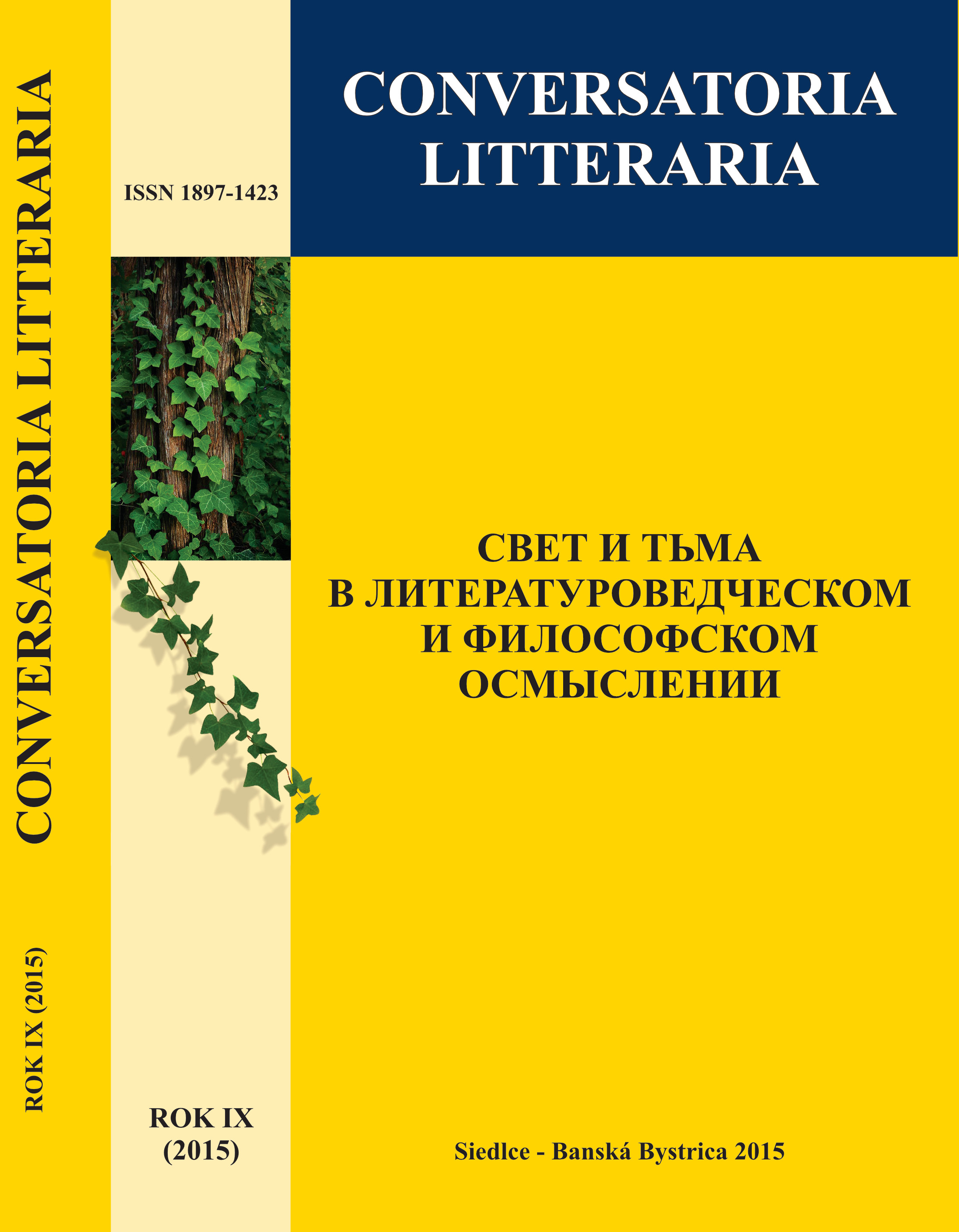Lightness and darkness – syncretism of Early Slavic relicts and medieval Christian concept in Slavic folklore
Keywords:
Slavs, folklore, syncretism, paganism, Christianity, conceptual, metaphors, light, darknessAbstract
Relation between lightness and darkness in Early Slavic model of the world was depicted in the most contrast and thoughtful way within mythology bound up with the first function of religious sovereignty in connection with its ancient Indo-European duality. To analyse Slavic texts characteristic by pagan-Christian syncretism the author uses Dumézil's concept of two opposing and complementary faces of the highest power: on the one hand, legal and priestly, kind, benevolent, shining, close to the world and people (“as Mitra”) and, on the other hand, magic, violent, threatening, dark, invisible, and distant (“as Varuna”). The author formulates a hypothesis about a personified source of Early Slavic “light” lying out of military function and closely connected (by important and joined conceptual metaphors) to wisdom, peace, agreements and law rather, than to fighting and violence.




